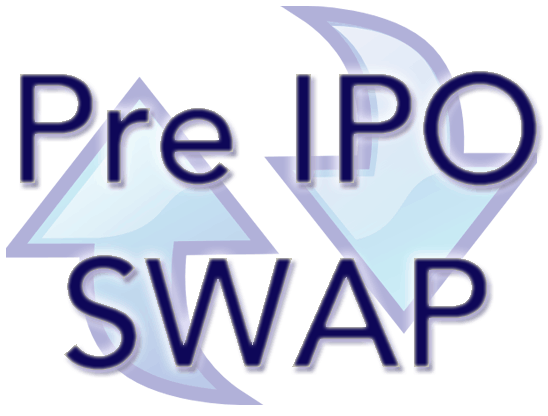Morning Markets: Somewhat buried in this week’s IPO chatter was the news that bankers are telling Palantir that it may be worth $41 billion. Let’s investigate.
Ridesharing companies made headlines recently when media reports indicated that bankers think Uber could be valued at $120 billion in an IPO next year, and that Lyft could command a $15 billion pricetag in its own 2019 debut. Uber’s figure is a dramatic boost from its prior valuations; Lyft’s is more a defense of its last private valuation.
Follow Crunchbase News on Twitter
Both figures indicate that bankers expect public-market investors to pay high-ish software multiples for ridehailing companies that have lower gross margins than the technology companies they are trying to financially ape. So, there may be some mismatch at play.
But nothing as apples-to-pigs as what’s going on with big data company Palantir. Another report this week noted that bankers are projecting that Palantir could possibly command $41 billion in a late 2019 IPO. The Wall Street Journal then detailed its recent financial performance and implied revenue multiple:
“Anything close to $41 billion would be a lofty valuation for a company of Palantir’s current size. The company has told investors it expects around $750 million in revenue this year, up from roughly $600 million a year earlier. That would equate to an IPO value of 55 times 2018 revenue.
The $41 billion Palantir valuation guess seems bonkers.
To understand why, here are a few reasons why certain companies are worth more than others on a revenue multiple basis:
- Higher-margin companies are generally given higher revenue multiples than lower margin companies;
- Quicker-growing companies are generally given higher revenue multiples than slower-growing companies.
- More profitable companies are generally given higher revenue multiples than less profitable companies;
- Companies with recurring revenue are generally given higher revenue multiples than discrete-sales companies.
The more of those situations that Palantir can claim, the more its revenue is likely worth. And, the more its revenue is worth, the higher the revenue multiple it will be able to command when going public.
So, let’s see how the firm does against each bullet point:
- Margins: There’s scant evidence that Palantir’s business is super high-margin, indeed research indicates that Palantir’s services revenue as part of its top line mix leads to lower gross margins than more purely-software companies.
- Growth: Palantir isn’t growing too quickly. Growing 25 percent year-over-year is good growth for most companies, but not a firm hoping for a 55x revenue multiple. Okta and Atlassian are two of the most richly valued companies in SaaS, the space that Palantir likely wants to slap on its chest due to its rich present-day valuations. However, Okta grew 57 percent year-over-year in its last quarter (from a smaller revenue base), and Atlassian grew 39.8 percent from a higher revenue base. And Okta’s current trailing revenue multiple is 19.9x. Not 55x.
- Profits: I can’t find indication that Palantir is profitable. This excellent Buzzfeed piecenotes a history of unprofitability, in fact. Losing money as a quickly-growing startup is fine. But Palantir has thousands of employees, a 14-year history, and a $20 billion valuation. It’s not a startup. It’s just a large tech company that loses money.
- Recurring: Palantir generates recurring revenue but in a slightly unique way. Per Buzzfeed: “Still, the gulf between cash received and bookings — contracts that often include lower-paying trial periods or complex performance bonuses — raises questions about Palantir’s ability to convert those deals into revenue.” That’s less good than some SaaS products that command high multiples like, say, Slack (which is growing more quickly and has a far lower revenue multiple than what Palantir is being sold by bankers), which enjoys lots of self-serve high-margin recurring top line.
Perhaps Palantir’s gross margins are better than we expect, but it’s growth pace, lack of profits, and seemingly expensive and lengthy customer acquisition setup do not support the argument that it’s worth $41 billion.
Indeed, just kicking the tires as we have this morning, I’m not sure I could summon a particularly good argument as to why Palantir would be worth $20 billion (its last private valuation) next year.
Why do we care? Because this is the third time in about 47 minutes that we’ve heard bankers kicking around large numbers as potential valuations for technology giants that likely want to catch the current IPO window. But if they need to be coaxed with unrealistic expectations (Lyft being the potential exception) to go public, once they begin the process, they may not like the response their debuts receive.
- Sharespost wrote that report. The same company sponsors Equity, a podcast I help host. However, all that revenue goes to TechCrunch and its various parent companies. My only commercial relationship with those firms is that I am a paying Verizon customer and that Verizon bought part of Crunchbase when it bought our former parent company AOL. For more on the Crunchbase-Crunchbase News-Verizon sitch, head here.

